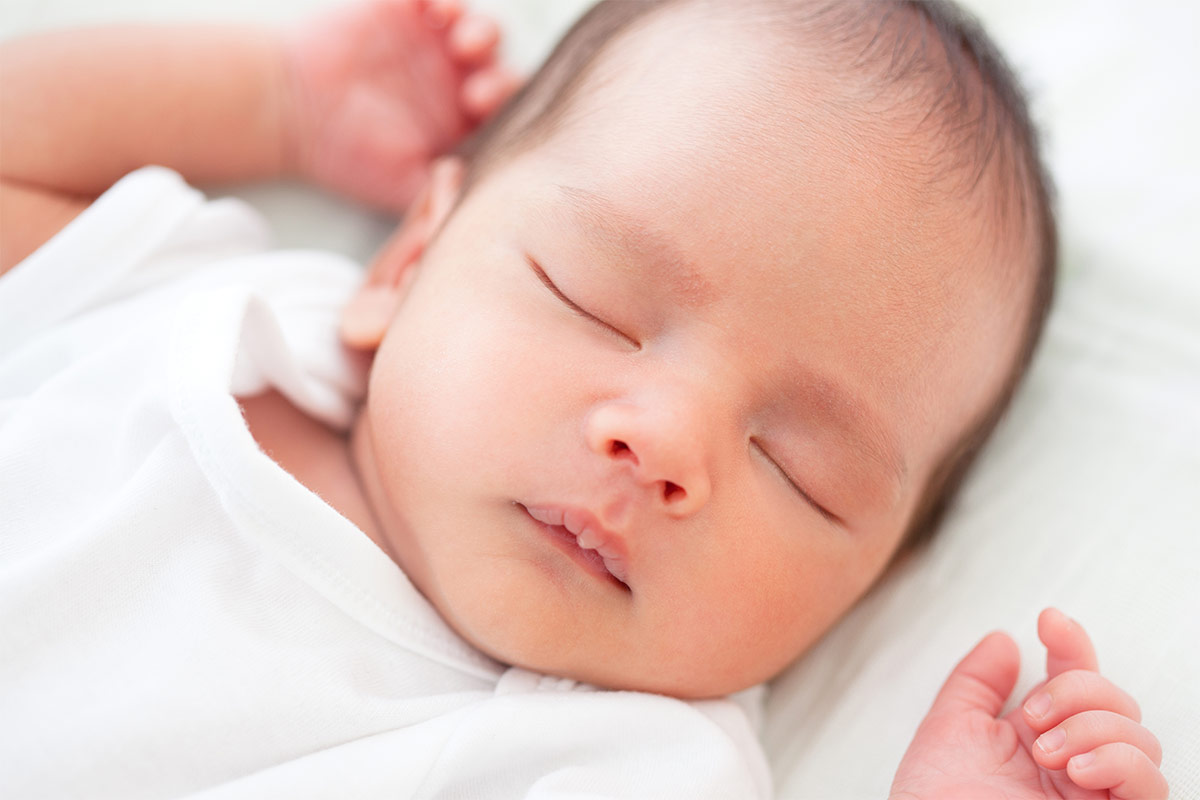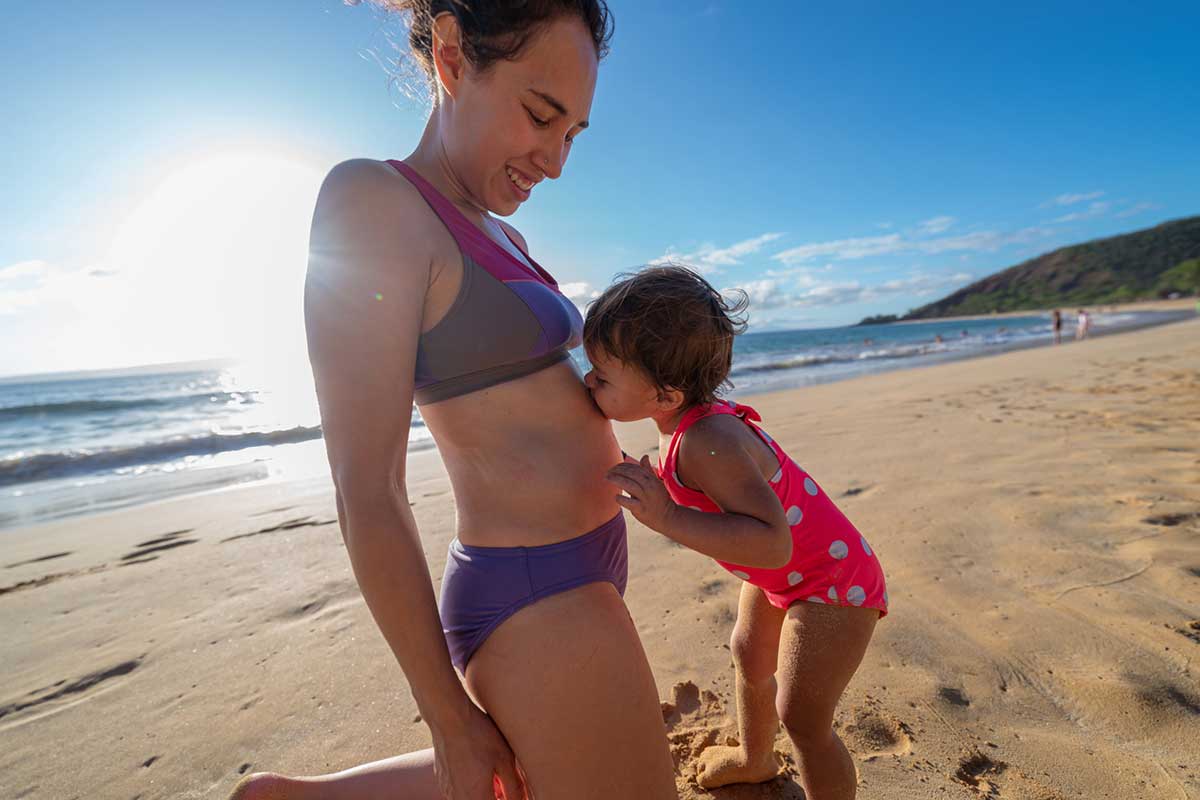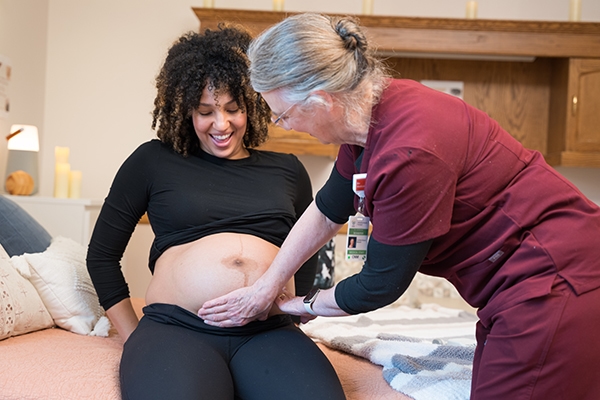Preventing SIDS Through Safe Sleep
Sep 23, 2024

Sudden Infant Death Syndrome (SIDS) is the leading cause of death among infants between 1 month and 1 year of age. It typically happens when babies are asleep. While the exact cause is unknown, clinicians and researchers believe it is associated with breathing issues due to a baby’s sleep position and/or environmental factors.
You can help your baby sleep safely and take other measures to reduce your baby’s risk of SIDS. A safe sleep environment is recommended by theAmerican Academy of Pediatrics.
Read More: Preparing for the “Fourth Trimester”
Creating a safe sleep environment
Here are some important measures you can take to reduce your child’s risk :
- Get regular prenatal care during pregnancy.
- Avoid smoking, drinking alcohol, and using marijuana or illegal drugs during pregnancy or after the baby is born, especially near your baby or where your baby sleeps.
- Supervised skin to skin contact is recommended to all mothers and babies immediately following birth regardless of feeding or delivery (as soon as the mother is medically stable, awake and able to respond to her baby) and should continue for at least an hour. Once the mother starts to get sleepy, move the baby to bassinet or another awake adult.
- Have your baby sleep near you in your bedroom, but on a separate surface designed for infants, ideally for baby’s first year, but at least for the first 6 months.
- Baby should not sleep in an adult bed, on a couch, or on a chair alone, with you or with anyone else.
- Always place your baby on his or her back to sleep, for naps and at night, to reduce the risk of SIDS.
- Use a firm and flat sleep surface, such as a mattress in a safety-approved crib, covered by a fitted sheet with no other bedding or soft items in the sleep area. A crib, bassinet, portable crib, or play yard that follows the safety standards of the consumer Product Safety Commission is recommended.
- Do not put soft objects, pillows, toys, crib bumpers, or loose bedding under baby, over baby, or anywhere in baby’s sleep area.
- Do not let your baby get too hot during sleep.
- Dress your baby in sleep clothing, such as a wearable blanket. Do not use a loose blanket, and do not over bundle.
- Think about giving your baby a pacifier for naps and nighttime sleep to reduce the risk of SIDS. Wait until breastfeeding is well established (often by 3 to 4 weeks) before offering a pacifier.
- Breastfeed your baby to reduce the risk of SIDS. Breastfeeding has many health benefits for mother and baby. If you fall asleep while feeding or comforting your baby in an adult bed, place him or her back in a separate sleep area as soon as you wake up.
- Avoid products that go against safe sleep recommendations, especially those that claim to prevent or reduce the risk for SIDS such as wedges, positioners, products made to have baby sleep in the adult bed, etc.
- Don’t use sitting devices like bouncy seats, swings, infant carriers or strollers for routine sleep.
- Do not use heart or breathing monitors in your home to reduce the risk of SIDS.
- Give your baby plenty of tummy time when he or she is awake and someone is watching. Tummy time is when you place your baby on his/her tummy with arms forward for brief periods to help develop the muscles and motor skills. Specially designed tummy time pillows can help with this exercise.
- Follow guidance from your healthcare provider on your baby’s vaccines and regular health checkups.
Curious about what a safe sleep environment looks like? Explorea gallery of imagesapproved by the National Institute for Children’s Health Quality.
Read More: Keeping Your Little Ones Safe and Healthy
A pediatrician can answer your questions about SIDS and help keep your child healthy as they grow.Find one near you.


